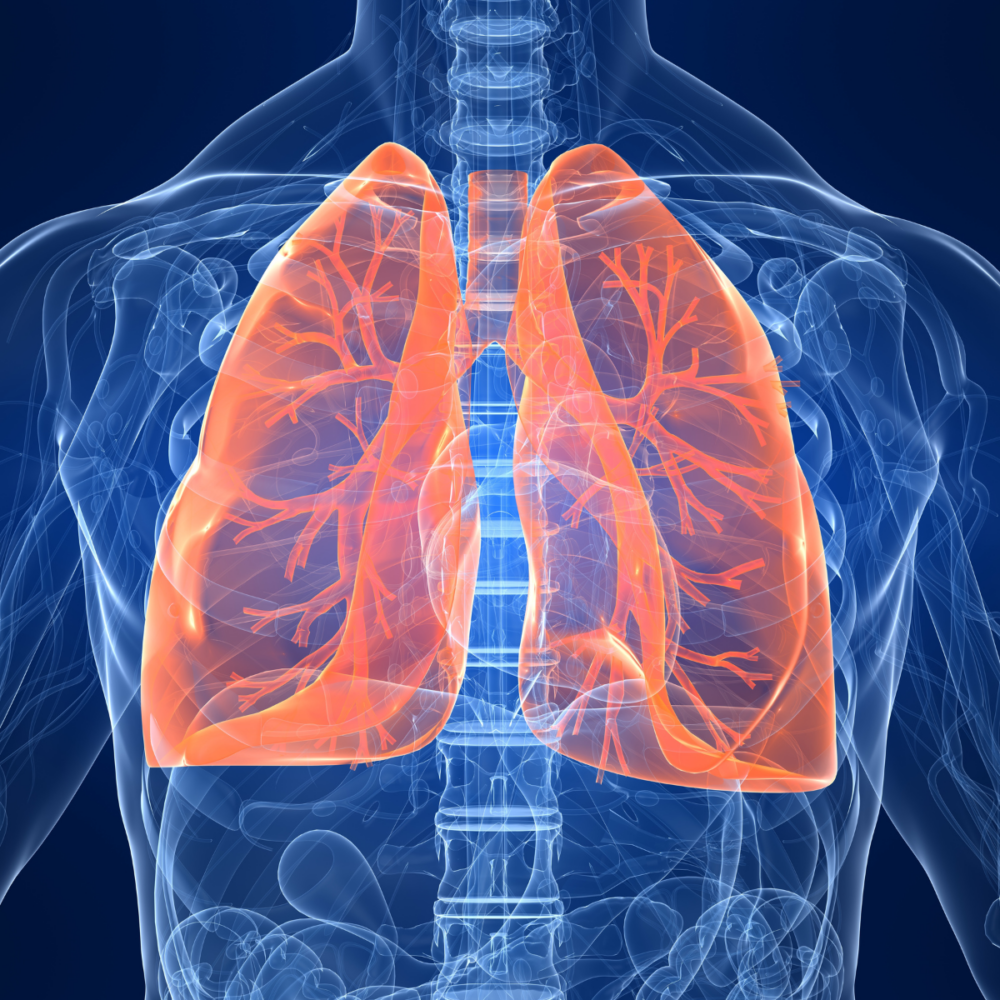肺癌筛查混乱导致筛查率低

F或立即释放
凯拉·梅斯特
703-836-1746
kyra.meister@preventcancer.org
弗吉尼亚州亚历山大市 – 尽管对高危人群进行了有效的筛查,但肺癌仍然是美国癌症死亡的主要原因——而对于谁有资格接受肺癌筛查以及肺癌筛查的具体内容存在严重困惑可能是罪魁祸首。这导致肺癌的筛查率低得令人震惊,每年在美国,肺癌夺去 12.7 万多人的生命。1
该消息来自 最近的报告 预防癌症基金会的调查发现,65% 的 21 岁及以上的美国人表示他们没有及时进行一项或多项常规癌症筛查。2 在所有常规癌症筛查中,肺癌筛查率最低——美国符合条件的人群中,接受肺癌筛查的不到 6%,而接受乳腺癌筛查的人群为 70%,接受结直肠癌筛查的人群为 74%。
在里面 2023 年早期检测调查,自称有资格接受肺癌筛查的人数远多于实际符合筛查标准的人数。这凸显了人们对肺癌筛查的困惑以及对肺癌筛查资格缺乏了解。
“尽管任何有肺部的人都可能患肺癌,但仅建议因吸烟史而患肺癌风险增加的人进行常规筛查。了解您是否符合筛查标准非常重要,”Heather Mackey,DNP,ANP-BC,AOCN 说道®,预防癌症基金会癌症预防和早期检测高级主管。
总体而言,调查结果显示,在描述谁有资格接受肺癌筛查以及定义“包年历史”时需要更加清晰3 对于高危人群:
- 在接受调查的人中,超过五分之二的受访者无法确定肺癌筛查的准确描述。
- 在了解了包年历史的定义后,44% 的受访者表示包年历史的定义不容易理解。
一个人的包年史有助于确定他们是否有资格接受肺癌筛查,但是由于缺乏对如何计算包年史的理解,导致有资格接受筛查的人处于黑暗之中,无法从常规筛查中受益,而常规筛查是在早期、更可治疗的阶段发现癌症的。
如果您是重度吸烟者或曾经是重度吸烟者,请与您的医疗保健提供者讨论肺癌筛查。美国预防服务工作组 (USPSTF) 建议对以下人群进行筛查:
- 年龄在 50-80 岁之间
- 有 20 包年的吸烟史
- 仍在吸烟或过去 15 年内已戒烟4
“每年对长期吸烟者进行低剂量胸部 CT 筛查可显著降低癌症死亡率,这就是为什么我们必须教育人们进行筛查。我们知道早期发现等于更好的结果,我们的使命是让其他人也知道这一点,”麦基博士说。
有关 2023 年早期检测调查中研究的所有癌症类型的信息和资源(包括相关筛查信息),请访问 www.preventcancer.org/betteroutcomes。有关肺癌的更多信息以及如何降低风险,请访问 www.preventcancer.org/lung.
1美国癌症协会。《2023 年癌症事实与数据》。亚特兰大:美国癌症协会;2023 年。
2预防癌症基金会委托 原子能公司 进行网上调查的研究 oF 2,014 名 21 岁及以上的美国人。误差幅度为 +/- 2 个百分点,置信区间为 95%。 本次调查研究的癌症筛查包括乳腺癌、宫颈癌、结直肠癌、口腔癌、肺癌、前列腺癌、皮肤癌和睾丸癌。
3A 包年 是估计一个人吸烟量随着时间的推移,吸烟量会逐渐增加。每天吸烟的包数乘以一个人吸烟的年数。例如:一个人每天吸烟 1 包,吸烟 20 年,吸烟史为 1 x 20 = 20 包年。
42023 年 11 月 1 日,美国癌症协会发布了新的肺癌筛查指南,指出戒烟年限将不再与开始或停止年度筛查有关。根据新指南,任何吸烟或曾经吸烟且吸烟史至少为 20 包年的人都被认为患肺癌的风险很高,应建议每年进行筛查。
###
关于预防癌症基金会®
预防癌症基金会® 是 唯一的美国-基于 非盈利机构 独自 投入的 到 癌症 预防和早期 检测. 通过研究、教育、 外展 和倡导, 我们已经帮助无数人避免癌症诊断或及早发现癌症并得到成功治疗。 我们受到 一个可以预防癌症的世界的愿景, 可检测 并且可击败 对全部.
基金会正努力应对到 2035 年减少 40% 癌症死亡人数的挑战。为了实现这一目标, 我们是 承诺投资 $2000 万美元用于创新技术,以尽早发现癌症并推进 多-癌症筛查,$1000万美元用于扩大癌症筛查和疫苗接种覆盖面 医学上 服务不足的社区,并投入 $10 万美元用于教育公众了解筛查和疫苗接种选择。
如需了解更多信息,请访问 www.preventcancer.org.
